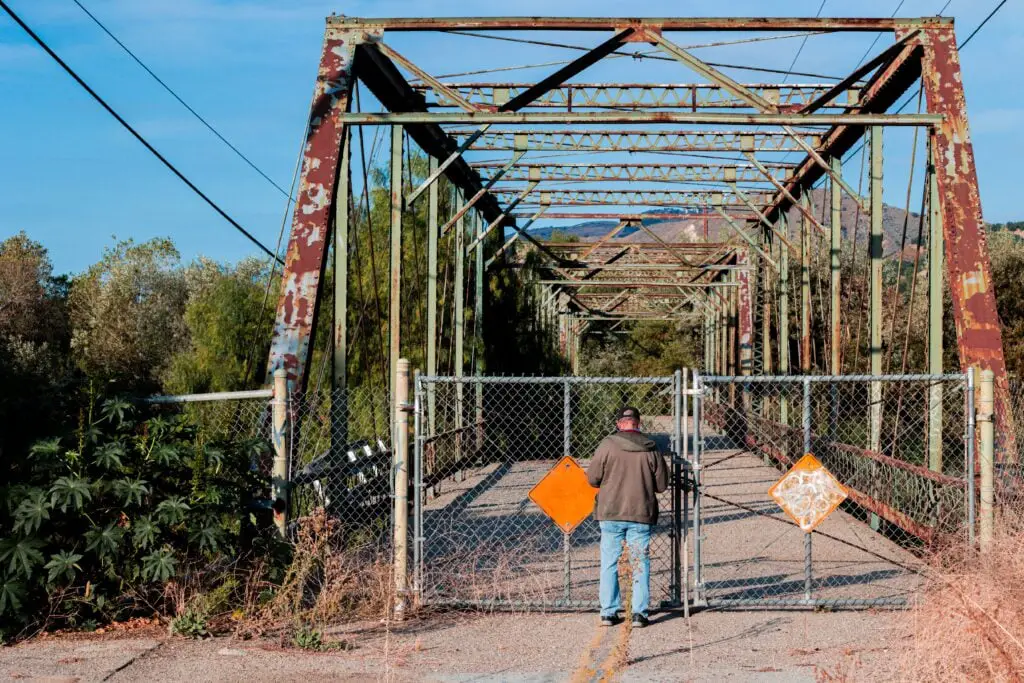Structural audits play a critical role in the maintenance and safety of our built environment. Whether it’s a towering skyscraper or an aging bridge, the structural integrity of these infrastructures is paramount for the well-being of society.
A structural audit is a comprehensive assessment of a building or other infrastructure to evaluate its condition, identify potential issues, and recommend necessary repairs or improvements.
This article explores the necessity of structural audits and their crucial role in ensuring safety and sustainability.
- Ensuring Public Safety
One of the primary reasons for conducting structural audits is to ensure public safety. Buildings and infrastructure are subject to various stressors over time, such as weather, environmental factors, and wear and tear.
Without regular assessments, potential hazards can go unnoticed, posing significant risks to the people who use these facilities. Structural audits help identify weaknesses and vulnerabilities in a structure, allowing for timely maintenance and repair, thereby reducing the risk of catastrophic failures.
- Preventing Collapses
The collapse of a building or infrastructure can lead to devastating consequences, including loss of life, property damage, and economic disruption. Structural audits are a proactive measure to prevent such disasters.
By identifying structural deficiencies early on, necessary repairs or reinforcements can be implemented to prevent the risk of sudden failures. This preventative approach is much more cost-effective and less traumatic than reacting to a collapse.
- Extending the Lifespan of Structures
Structural audits also contribute to the sustainability and longevity of infrastructure. Buildings and bridges are often designed to serve the public for decades, if not centuries.
Without regular audits, their lifespan can be significantly reduced due to deterioration that goes unaddressed. Through assessments and recommended maintenance, structural audits help extend the useful life of these assets, reducing the need for premature replacements.
- Regulatory Compliance
Many countries and regions have specific regulations and codes that require regular structural assessments. Compliance with these regulations is not only a legal requirement but also a moral obligation to ensure the safety of the public.
Structural audits provide a means for property owners and organizations to meet these legal requirements, reducing liability and potential legal consequences.
- Identifying Hidden Issues
Structural audits delve beyond what’s visible on the surface. They employ various techniques such as non-destructive testing, visual inspections, and structural analysis to identify hidden issues that may not be apparent during routine inspections.
These could include corrosion, stress cracks, or fatigue in materials, which can significantly compromise structural integrity over time.
- Cost-Effective Maintenance
Neglecting structural audits can lead to escalating repair costs. When issues are identified early, the cost of maintenance is generally lower, as minor repairs can prevent larger, more expensive problems down the line.
Additionally, long-term planning and budgeting for necessary repairs become more manageable when structural audits are performed regularly.
- Insurance and Property Values
Regular structural audits can positively impact property insurance rates and property values. Insurance companies often provide lower rates to properties that demonstrate proactive maintenance and safety measures.
Furthermore, well-maintained buildings and infrastructure tend to have higher property values, making them more attractive to investors and buyers.
- Sustainable Infrastructure
In an era where sustainability is a global imperative, structural audits play a crucial role in achieving sustainable infrastructure.
By ensuring that existing buildings and infrastructure are maintained and remain safe for use, we reduce the need for new construction, which consumes significant resources and energy. Sustainable infrastructure is not just about what we build but also about how we take care of what we already have.
Conclusion
Structural audits are an indispensable tool in guaranteeing the safety and sustainability of our built environment. These audits not only identify potential hazards but also contribute to the longevity of infrastructure, regulatory compliance, and cost-effective maintenance.
Public safety should always be a top priority, and structural audits are a key element in achieving this goal. By recognizing their necessity, we can ensure that our buildings and infrastructure continue to serve us for generations to come while mitigating the risks associated with structural failures.
To see other material construction prices, please see here.
To know other construction guides, tips, and methodology for beginners, veterans, and contractors, please see here.

